Can we once and for all establish what is true and correct about brut, sec-dry, demi-sec etc?
Some myths or mistakes are more persistent than others. One of these is how much sugar champagne and other sparkling wines contain. Time and again, incorrect numbers are repeated, in articles, on the internet, and even in books (even the newest ones). It is hardly a life-changing issue, but if you really want to explain exactly how many grams of sugar the different terms mean, then it may be just as well to get the numbers correct.
Virtually all sparkling wines have an indication of the amount of sugar the wine contains. Here are the limits that apply:
- Brut nature, pas dosé, zéro dosage: 0-3 grams per litre, and no sugar added
- Extra brut: 0-6 g/l
- Brut: 0-12 g/l
- Extra dry: 12-17 g/l
- Sec / Dry: 17-32 g/l
- Demi-sec: 32-50 g/l
- Doux:> 50 g/l
The above terms are those commonly used on champagne, but they are also often used on other sparkling wines. The same limits apply to all sparkling wines in the EU.
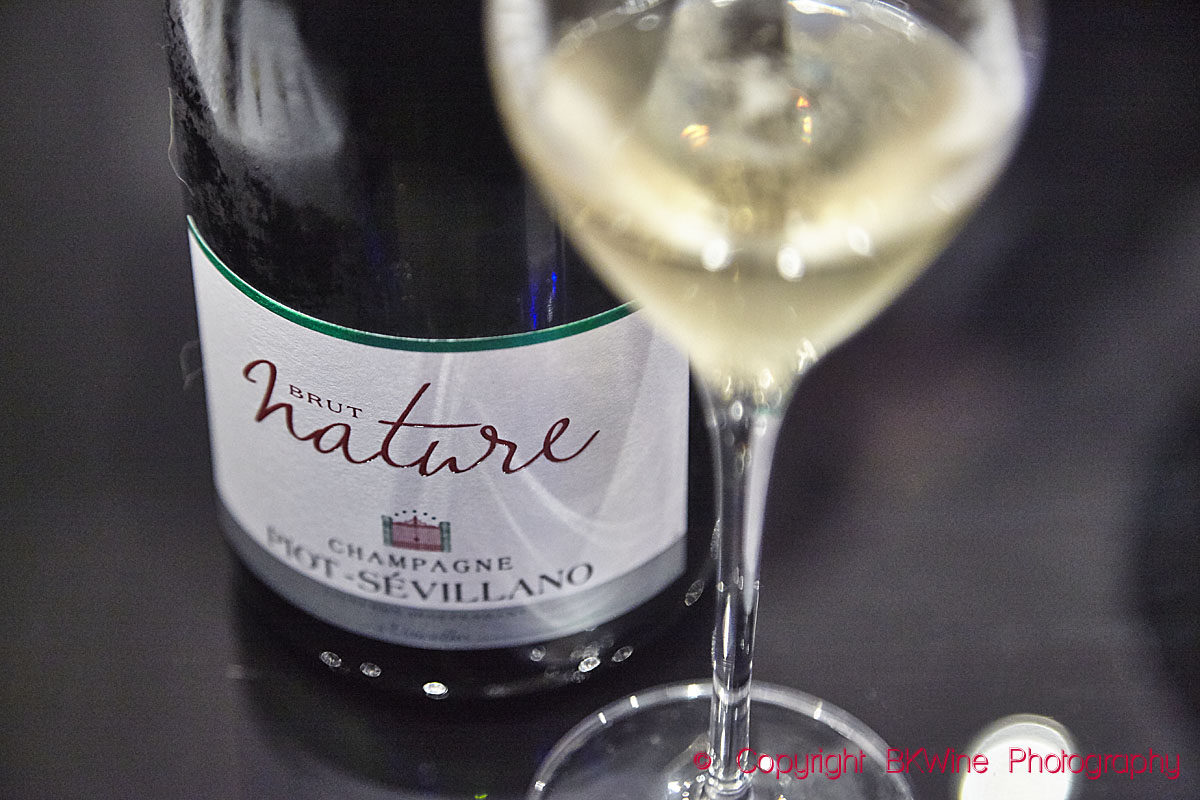
A few things worth mentioning:
The only levels that overlap are the three driest. It may be because the brut nature and extra brut are quite new terms. Traditionally, only brut has been used, but since in recent years it has become popular with lower dosages (more on this below), the two drier levels have been introduced to indicate extra dry sparkling wines.
The sugar content is regulated by what is called dosage: Before the bottle is sealed with the final cork a liquid is added that is called liqueur de dosage (or liqueur d’expédition). It is a mixture of sugar and wine. Mainly sugar, between 500 g and 700 g of sugar per litre. A small amount of this liquid is added to get the sugar content in the wine to the level they want.
Most champagnes and other sparkling wines have between 6 and 12 grams per litre, i.e. brut.
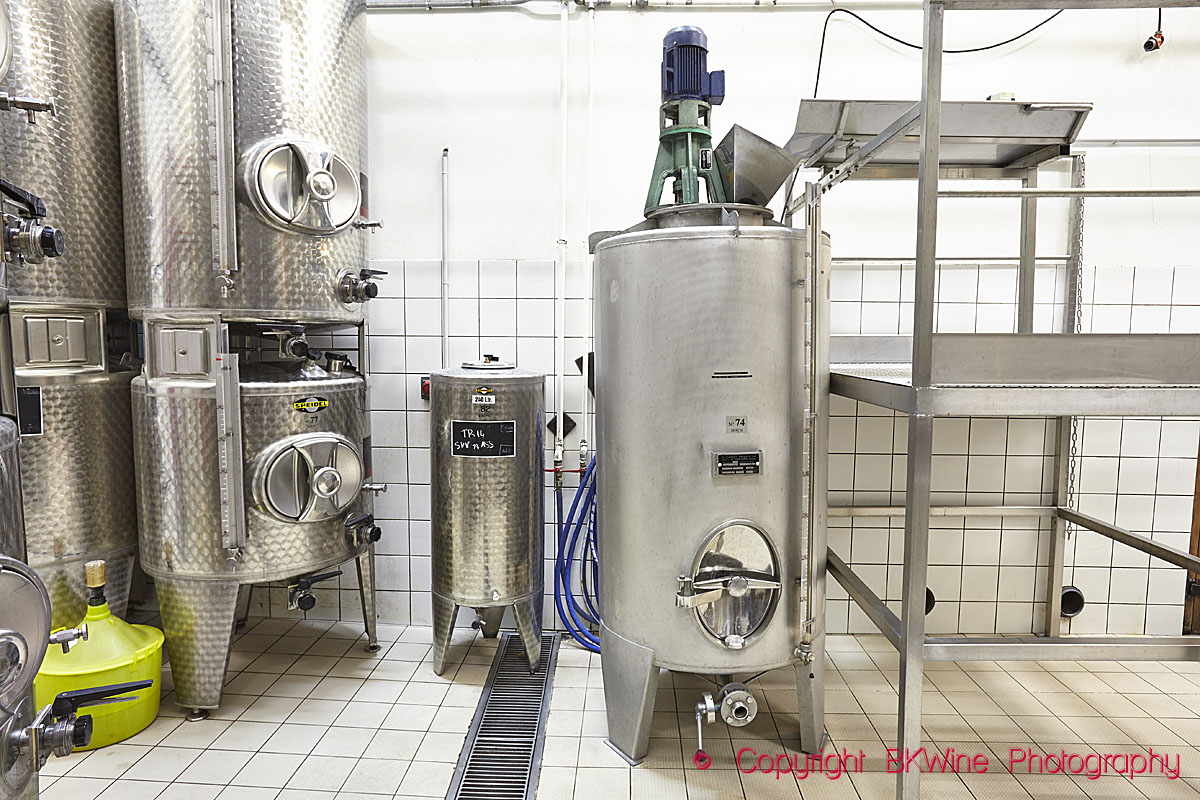
If it were a still wine, sugar levels towards 12 g would give a noticeable sweetness. In champagne, it is often not the case. It tastes dry even with so much sugar because the acidity level is very high. High acidity balances the sweetness and makes it taste dry anyway. The sugar just adds a little extra roundness and body.
In a brut nature, and its synonyms, you cannot add any dosage at all. In all the other levels you do.
It may be a bit confusing with the terms extra dry and dry (or sec), which are not really dry at all. Sometimes people are upset by this and think that there is some kind of false marketing or French deviousness. The truth is rather that in the past, champagne was very sweet; sugar levels of well over 100 g/l were not uncommon. So when champagne with lower sugar levels started to appear, these levels were actually (comparatively) dry.
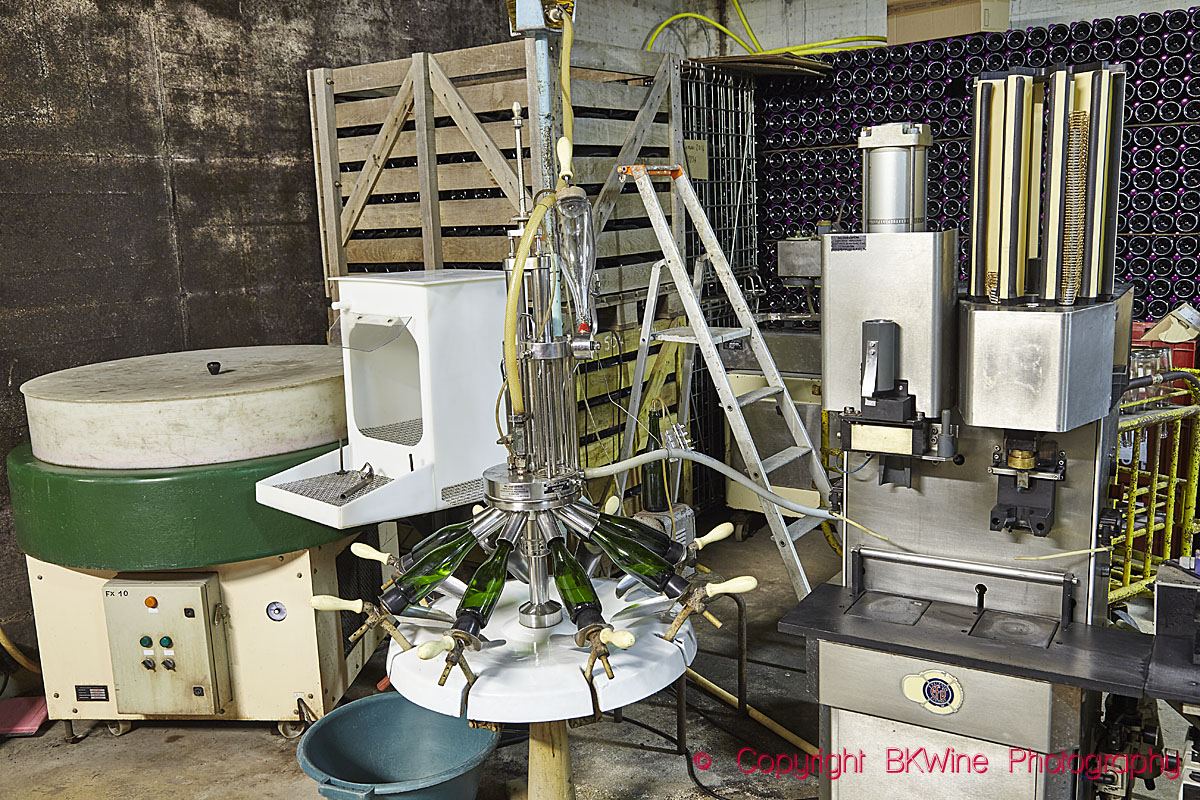
The really dry wines, extra brut and non-dosé, can become almost overwhelmingly dry and crisp. It does not appeal to everyone, although it is quite trendy today. A good version of such a wine can have a great elegance and finesse, but a less skilfully made non-dosé can be too sharp and harsh. There are good ones and less good ones, as with all wines.
As I mentioned, these levels apply to all sparkling wines in the EU. But the terms may differ in different countries and regions:
- Brut nature: naturherb, bruto natural, pas dosé, dosage zéro, natūralusis briutas, īsts bruts, přírodně tvrdé, popolnoma suho, dosaggio zero, брют натюр, brut natur
- Extra brut: extra herb, ekstra briutas, ekstra brut, ekstra bruts, zvláště tvrdé, extra bruto, izredno suho, ekstra wytrawne, екстра брют
- Brut: herb, briutas, bruts, tvrdé, bruto, zelo suho, bardzo wytrawne, брют
- Extra dry: extra trocken, extra seco, labai sausas, ekstra kuiv, ekstra sausais, különlegesen száraz, wytrawne, suho, zvláště suché, extra suché, екстра сухо, extra sec, ekstra tør
- Sec: trocken, secco, asciutto, dry, tør, ξηρός, seco, torr, kuiva, sausas, kuiv, sausais, száraz, półwytrawne, polsuho, suché, сухо
- Demi-sec: halbtrocken, abboccato, medium dry, halvtør, ημίξηρος, semi seco, meio seco, halvtorr, puolikuiva, pusiau sausas, poolkuiv, pussausais, félszáraz, półsłodkie, polsladko, polosuché, polosladké, полусухо
- Doux: mild, dolce, sweet, sød, γλυκός, dulce, doce, söt, makea, saldus, magus, édes, ħelu, słodkie, sladko, sladké, сладко, dulce, saldais
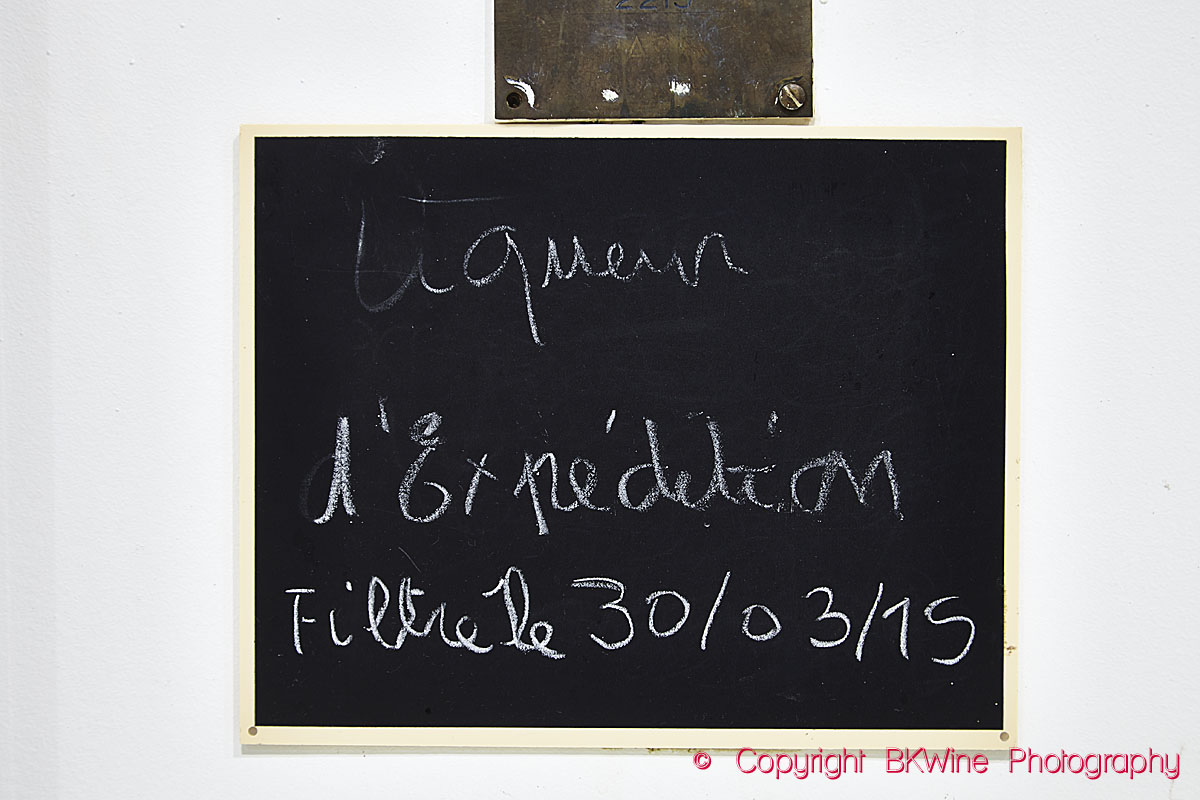
The sugar levels are often erroneously quoted are usually these:
- Brut 0-15 g/l
- Extra dry 12-20 g/l
- Sec / dry 17-35 g/l
- Demi-sec 33-50 g/l
- Doux> 50 g/l
Most of this is wrong, but not all…
Perhaps it is because the rules looked different in the past, including e.g. brut with up to 15 g/l. Many tend to write copying old sources and then it may turn out wrong. But it is actually ten years since the EU set the levels that I mentioned at the beginning of the article (2009).
Here you can see the official EU document on sugar levels in sparkling wine and also in still wine.
And here you can read Comité Champagne’s (a governing body in Champagne) own explanation of sugar levels.
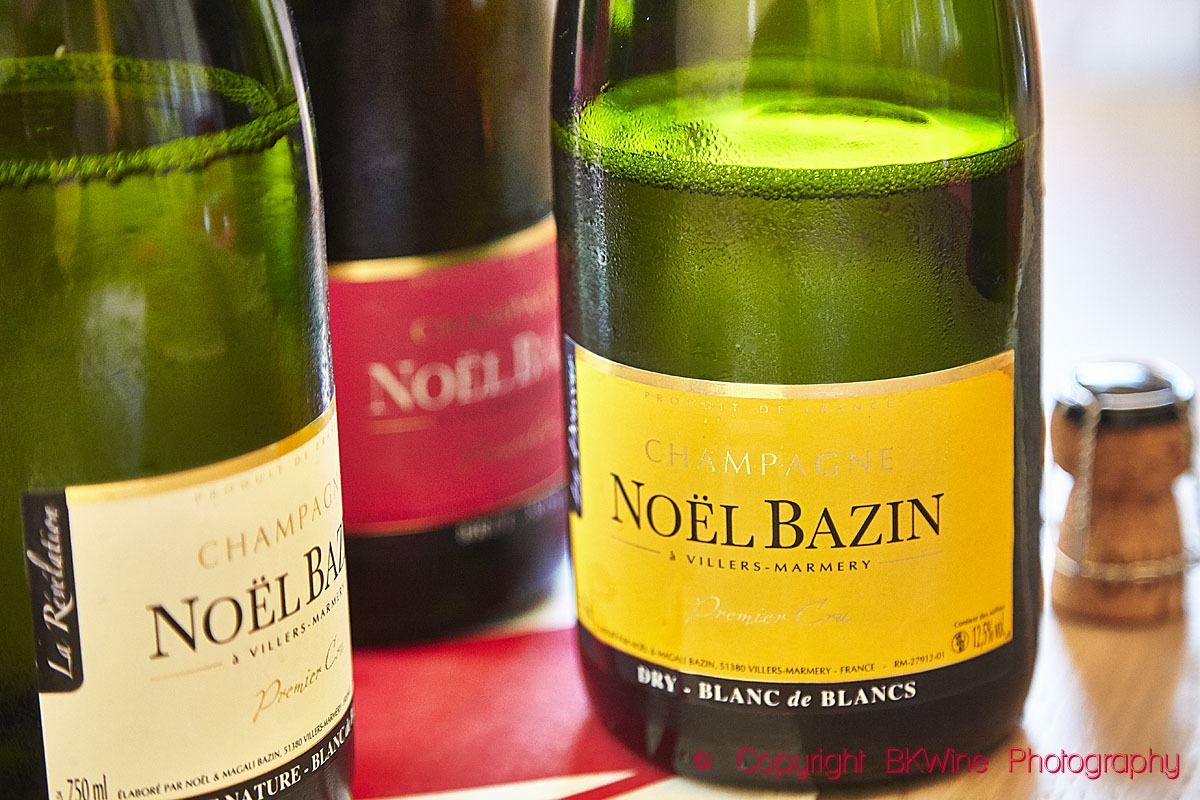
If you want to know more, and read one of the few books that go back to the original sources, but also tells exciting stories about today’s and yesterday’s champagne producers, then you can read our book about champagne: Champagne, the wine and the growers. But only if you read Swedish unfortunately. There is not (yet?) an English edition of it.
One suggestion for all the delicious dinners are coming up during the festive season is to try a few different “sugar levels”. Look for a zéro dose, an extra brut and a brut and compare. Be sure to check the details and check which dosage each one has, either on the winemaker’s site or with the importer. In fact, a brut too may actually be below 6 or even 3 grams per litre, even though it is usually around 7-10 g/l. And maybe also compare champagne with some of the other outstanding sparkling wines available today. They are not “cheap alternatives” but rather quality wines in their own right with their own character.
And then write a comment below about what you thought of the really dry wines!
[box type=”info” style=”rounded” border=”full”]
The absolutely best way to explore champagne is to travel to the region, and preferably on a wine tour to Champagne with BKWine with lots of good wines and luxurious food.
Travel to the world’s wine regions with the wine experts and the wine tour specialist.
Wine tours with more and better bubbles. BKWine wine tours.
[/box]


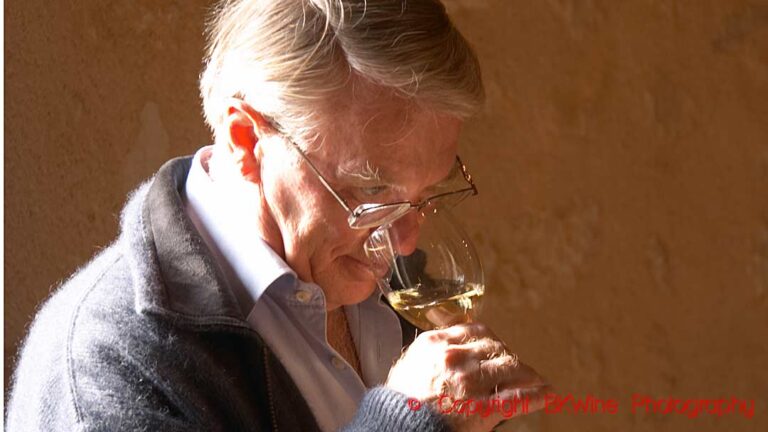
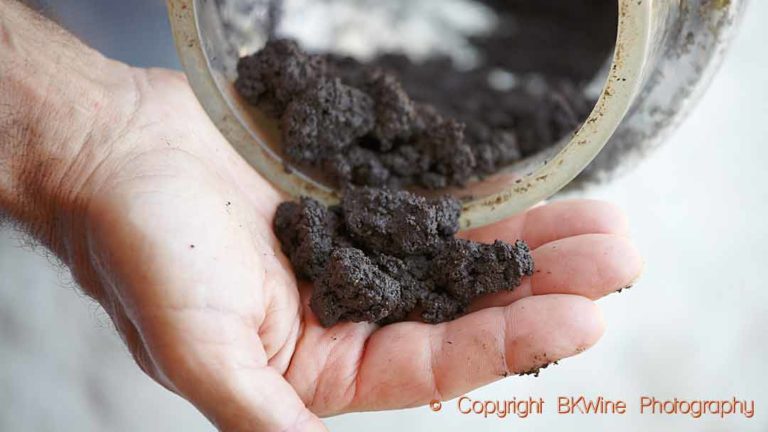
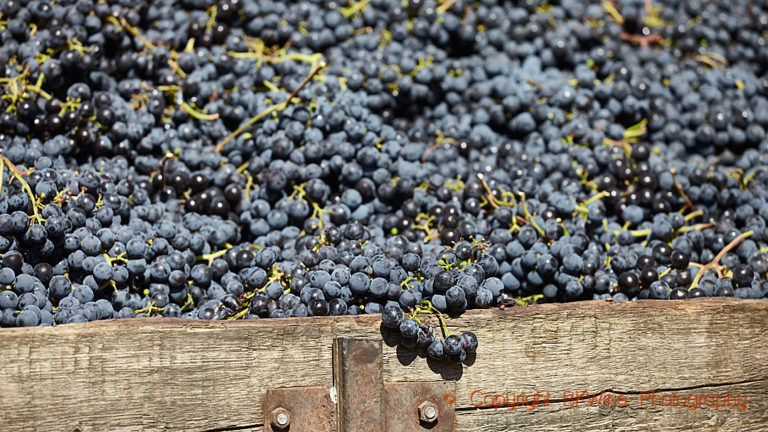





One Response
Fine, descriptive explanations, I think the best examples are made dynamically by drinking. Don’t you agree?